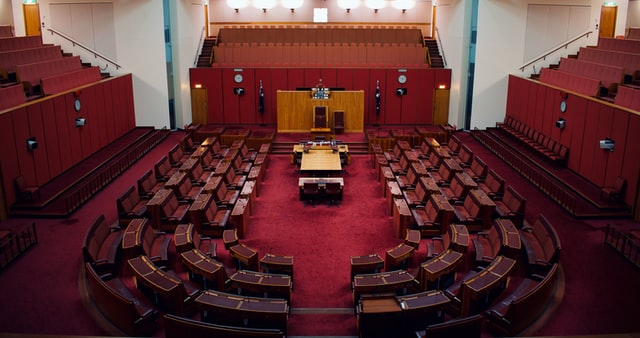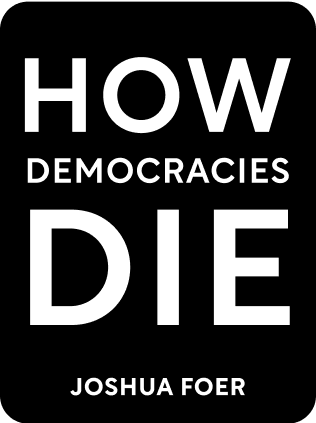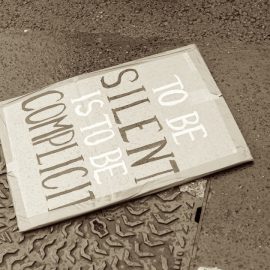

This article is an excerpt from the Shortform book guide to "How Democracies Die" by Steven Levitsky and Daniel Ziblatt. Shortform has the world's best summaries and analyses of books you should be reading.
Like this article? Sign up for a free trial here .
What is court-packing? What do politicians aim to achieve by increasing the number of justices in the Supreme Court?
“Court-packing” is usually used to refer to changes in the size of the Supreme Court. This typically involves increasing the number of seats in the Supreme court with a view of changing its ideological makeup.
Keep reading to learn about court-packing, explained with examples.
Court-Packing Explained
What is court-packing and what purpose does it aim to achieve? Court-packing is the act of adding justices to the Supreme court to sway its balance in a more liberal or conservative direction.
One prominent episode of court-packing is Franklin Delano Roosevelt’s 1937 court-packing plan. After winning a landslide reelection in 1936, Roosevelt proposed an ambitious plan to fundamentally reshape the constitutional order. Frustrated by the conservative Supreme Court’s practice of routinely striking down New Deal legislation, he proposed legislation that would have given him the power to appoint an additional justice for each sitting justice over the age of 70.
Since, at the time of the legislation, six of the nine justices were already over the age of 70, the plan would have given Roosevelt the authority to appoint six new justices and expand the size of the court to 15.
While it would have been allowed under the rules of the Constitution (which does not set limits on the size of the Court), this plan’s success would have represented a major breach of forbearance by the executive at the expense of the judiciary.
But the plan met with fierce bipartisan opposition, even from Roosevelt’s erstwhile allies, and was ultimately defeated. The defeat of the court-packing measure stands as an example of a norm holding firm in the face of challenge.
| Court-Packing Today Despite the failure of FDR’s efforts to manipulate the size of the Supreme Court, there is a growing chorus of activists—particularly on the left—who argue that the current court must be reformed or expanded in order to preserve democratic norms. Mark Tushnet, a Harvard Law constitutional scholar who has written extensively about constitutional hardball and democratic norms, believes that the 6-3 conservative majority on the present Court has itself repeatedly breached institutional forbearance by acting as a nakedly partisan body on behalf of the Republican Party. He argues that the Court’s unilateral and unchallengeable ability to nullify laws enacted by popular legislative majorities is inconsistent with how democracies should operate. According to Tushnet, this strong form of judicial activism is increasingly out of step with how courts and legislatures interact in other democratic systems. Tushnet proposes reforming the system of lifetime appointment to the Supreme Court and replacing it with fixed 18-year term limits, to bring some measure of democratic accountability. |

———End of Preview———
Like what you just read? Read the rest of the world's best book summary and analysis of Steven Levitsky and Daniel Ziblatt's "How Democracies Die" at Shortform .
Here's what you'll find in our full How Democracies Die summary :
- How shared norms are essential for preserving democracy
- Why the Trump presidency threatened those shared norms
- Why democracy goes beyond individual leaders and parties and must be a shared enterprise among committed individuals






